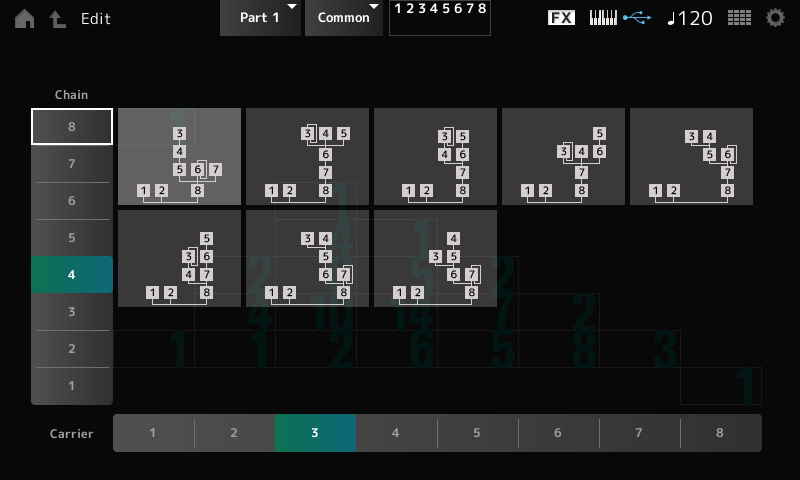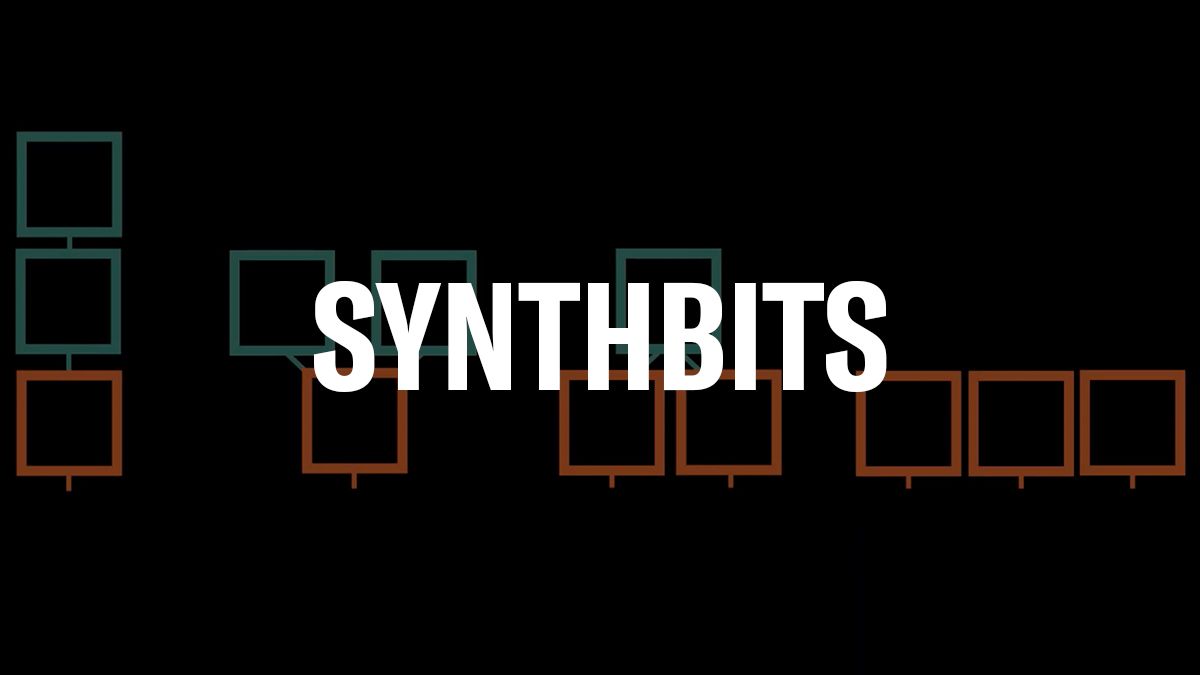FM Synthesis Collection: FM 101
The FM 101 Article Series is a great way to learn about FM Synthesis. Each part unfolds FM Synthesis in an informative and easy to follow manner.
The series kicks off with Jerry Kovarsky’s interview of the legendary discoverer of digial FM Synthesis, composer and Stanford professor John Chowning.
Part One: Discovery Digital FM: John Chowning Remembers
Parts two through six of the series are by Howard Massey. Howard literally wrote the book on FM Synthesis with his 1986 classic “The Complete DX7”. Each article contains audio examples and Performances for MONTAGE and MODX downloadable free from Soundmondo.
Part Three: The Magic of Modulation
Part Four: Going from Static to Dynamic
Part Five: Expanding Your Sound
Questions/comments? Join the conversation on the Forum here.

